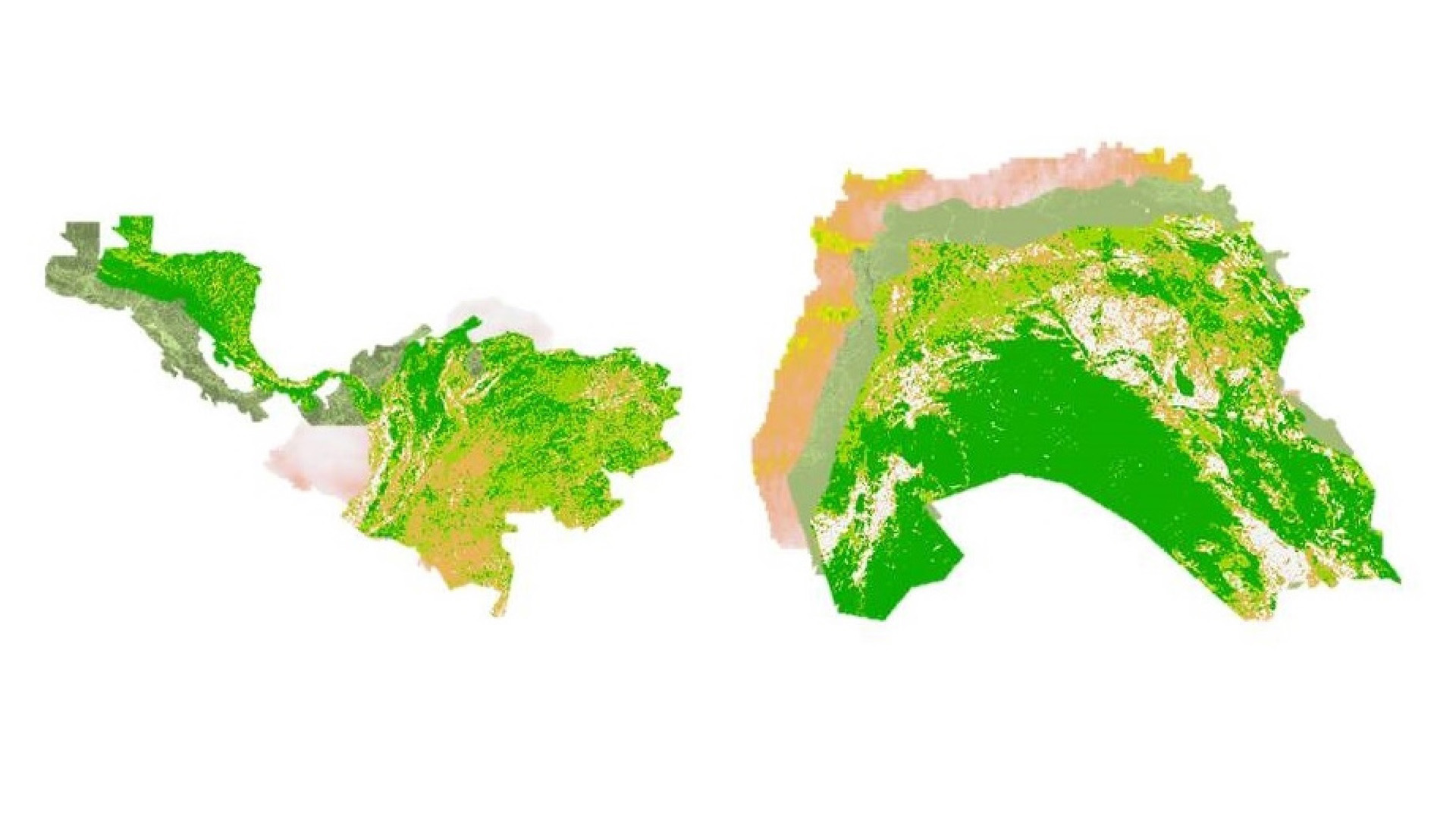Levant & Central America Climate II

Enhancing Drought Monitoring and Prediction Capabilities by the US Air Force, 14th Weather Squadron in Levant and Central America
Drought is caused by extreme variations in precipitation, which include volume, frequency, and type, and can contribute to water shortages, crop failures, and socio-economic stress. The multiplicity of factors and temporal variability that influence drought proves challenging to model. Current drought models utilize remotely sensed satellite data, in situ ground measurements, or a combination of both, to assess drought severity. In this study, multiple MODIS derived variables, CMORPH precipitation data, and the Global Precipitation Climatology Centre (GPCC) in situ drought index product were used to create novel drought models through several machine learning approaches. The models were tested on two regions: the humid climates of Central America and arid climates in the Levant. In an effort to better the prediction of drought, the 14th Weather Squadron will integrate the final product into their current operational procedures, which may be used to better globally predict drought in a more robust and scientifically sound method.
Project Video:
A Climate News Special Report: Feeding the Machine
- Location
- NOAA National Centers for Environmental Information
- Term
- Fall 2016
- Partner(s)
- US Air Force, 14th Weather Squadron
- NASA Earth Observations
- Terra, MODIS
NOAA CMORPH - Team
- Evan Henry (Project Lead)
Patrick Pierce
Lauren Cater
Alec Courtright - Advisor(s)
- Raymond Kiess (US Air Force 14th, Weather Squadron)
Major Jason Scalzitti (US Air Force 14th, Weather Squadron)
Dr. L. DeWayne Cecil (Global Science & Technology, Inc.)